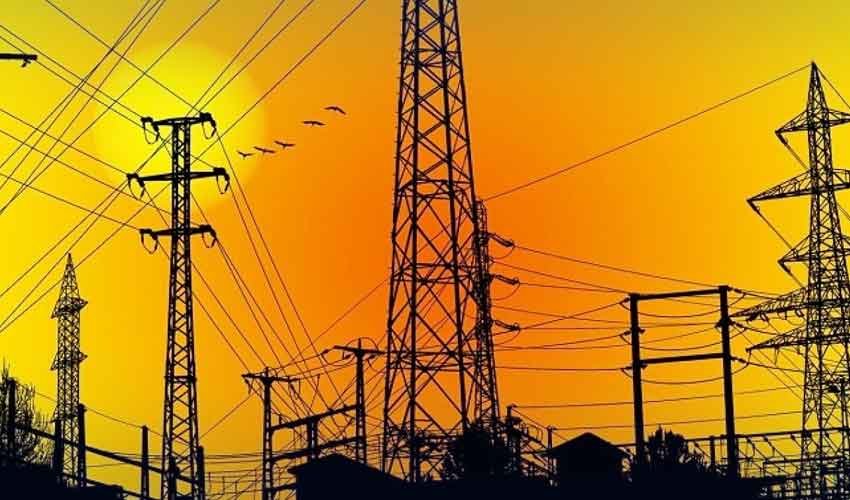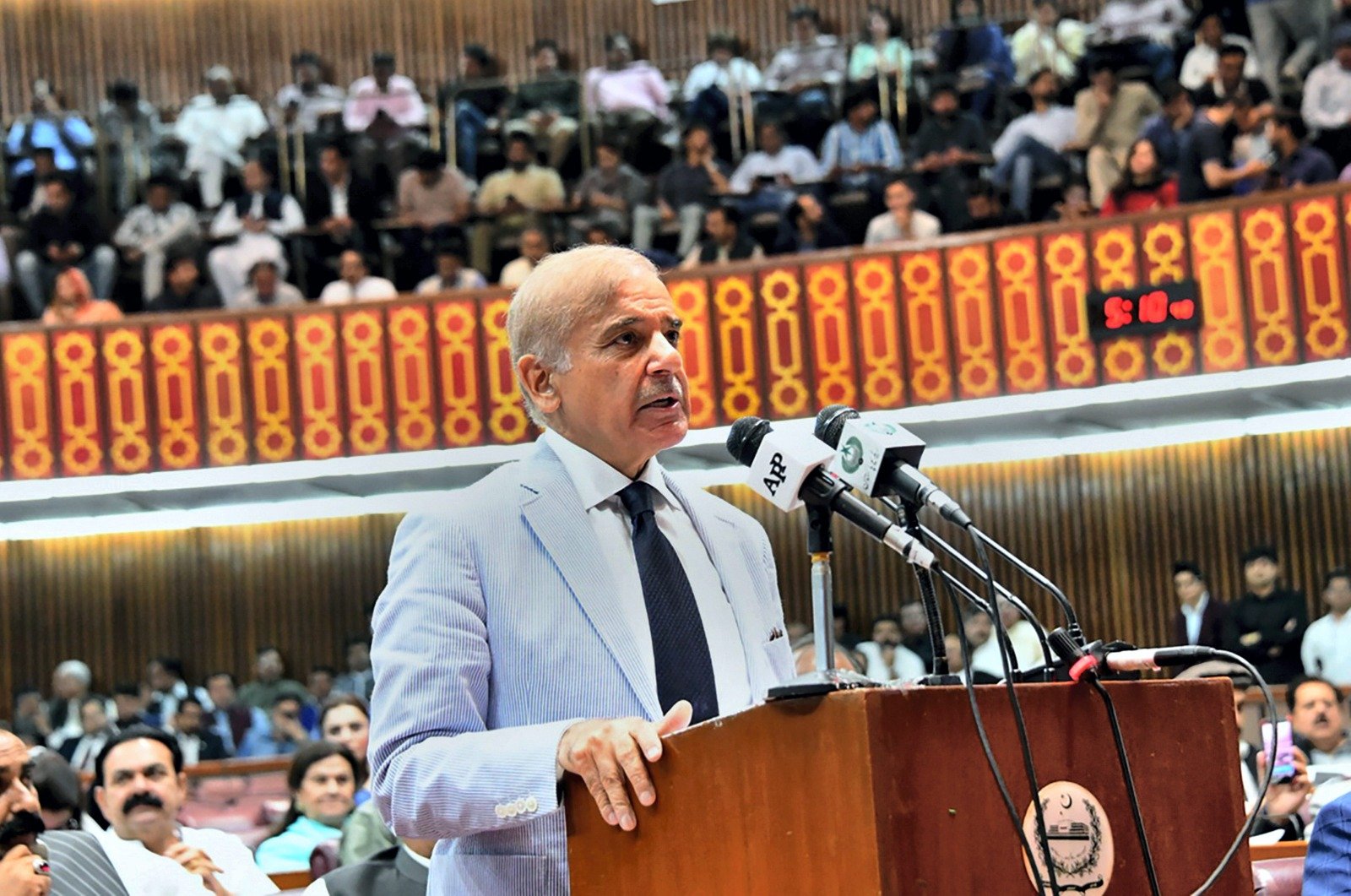Power Shortfall in Pakistan Reaches 5,600MW, Worsening Load Shedding

The current electricity situation in Pakistan is dire, with a substantial shortfall of 5,600 megawatts (MW) between national power demand and production. Here are the key details:
Electricity Shortfall
- Demand and Supply: The national power demand is reported to be 25,000MW, while the production capacity stands at only 19,400MW.
- Load Shedding: As a consequence of this shortfall, load shedding has intensified:
- Urban areas are facing up to 8 hours of load shedding.
- Rural regions are experiencing up to 10 hours of load shedding.
- Areas with high line losses endure even longer durations, ranging from 12 to 14 hours without electricity.
Breakdown of Power Generation Sources
- Hydropower: Contributes 700MW.
- Thermal Power Plants: Contribute 540MW.
- Private Sector Power Plants: Contribute 7,600MW.
- Wind Power Plants: Contribute 900MW.
- Solar Power Plants: Contribute 172MW.
- Bagasse-based Power: Contributes 123MW.
- Nuclear Power Plants: Contribute 3,000MW.
Impact on Daily Life
- Disruptions: The extensive load shedding has disrupted daily life activities across Pakistan.
- Business and Education: Businesses, educational institutions, and general well-being are significantly affected due to inconsistent electricity supply.
Despite the diversity in power generation sources, including hydro, thermal, nuclear, and renewable energies like wind and solar, Pakistan faces a severe challenge in meeting its electricity demand. The current shortfall is causing widespread inconvenience and challenges for citizens, businesses, and various sectors reliant on stable electricity supply.
Efforts to mitigate these issues typically involve increasing generation capacity, improving infrastructure to reduce line losses, and exploring further renewable energy investments to diversify and stabilize the power grid.










